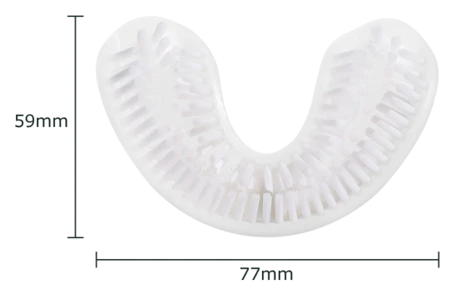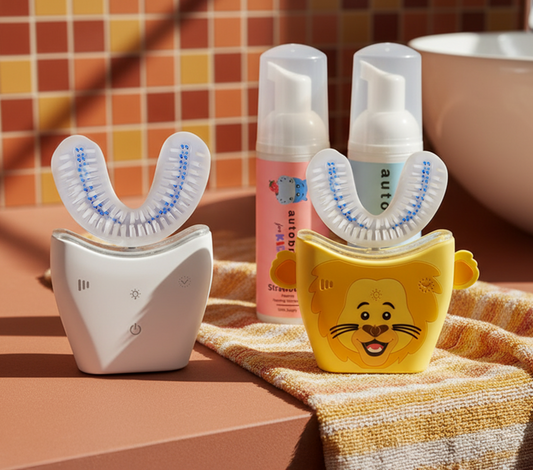
Unexpected Factors Affecting Your Oral Care as an Adult
Oral health is a pivotal part of our overall well-being, often serving as a window to potential underlying health issues. While most of us are aware of the primary culprits behind dental problems—such as not brushing or flossing regularly—there are day-to-day habits that might seem harmless but can wreak havoc on our teeth and gums. Here, we shed light on three seemingly innocuous behaviors that can have a detrimental impact on our oral health.

1. Chewing Ice: A Cold Hard Truth
Many find solace in the satisfying crunch of chewing ice, especially on a hot day. It might seem harmless—after all, it's just frozen water. However, the hard truth is that munching on those ice cubes can lead to dental woes.
When you chew on ice, the cold can shock your teeth, causing microscopic cracks in the enamel. Over time, these cracks can become larger, leading to significant damage. This can make your teeth more susceptible to cavities, fractures, and sensitivity. The juxtaposition of the cold temperature and the pressure exerted while crunching can also lead to cracked or chipped teeth, damage to dental fillings, or harm to orthodontic appliances.
Tip: If you enjoy the refreshing sensation, consider allowing the ice to melt in your mouth instead of biting down on it. Switching to crushed ice or slush can also help reduce the risk.

2. Sipping Soda: A Sugary Slip
Soda is a favorite among many, relished for its fizzy, sugary taste. However, indulging in this carbonated beverage can have serious repercussions for your oral health. Here’s why:
- Acid Attack: Sodas, both diet and regular, contain various acids like phosphoric and citric acid. These acids weaken the enamel, making your teeth more vulnerable to decay and cavities.
- Sugar Onslaught: The sugar in regular sodas acts as food for harmful bacteria in your mouth. As these bacteria feast on sugar, they produce acid, further assaulting your tooth enamel.
- Staining: Dark-colored sodas can lead to staining and discoloration of the teeth.
Tip: Limit your soda intake and when you do indulge, use a straw to minimize contact with your teeth. Always rinse your mouth with water after consuming sugary or acidic drinks. And remember, moderation is key.

3. Excessive Alcohol-based Mouthwash Use: Disrupting the Oral Microbiome
Mouthwashes are a staple in many oral care routines, providing fresh breath and an added layer of protection against bacteria. However, excessive use, especially of alcohol-based mouthwashes, can have unintended consequences.
The oral cavity is home to a diverse community of microorganisms, including bacteria, fungi, and viruses, collectively known as the oral microbiome. While some of these microbes can be harmful, many play a crucial role in maintaining oral health. They help in breaking down food, fighting harmful pathogens, and even aiding in the formation of dental plaque which, in balanced amounts, can protect the teeth.
Excessive use of alcohol-based mouthwashes can disrupt this delicate balance. The alcohol can kill beneficial bacteria, paving the way for harmful ones to thrive. This can lead to a range of issues, from bad breath to gum disease. Moreover, alcohol can dry out the mouth, reducing saliva production which is essential for neutralizing acids and cleaning the oral cavity.
Tip: If you're keen on using mouthwash, consider alcohol-free variants or those with natural ingredients. Also, consult with your dentist about the best oral care products for your specific needs.
In Conclusion
Oral care is not just about brushing and flossing; it's also about being mindful of our daily habits. By recognizing and adjusting seemingly harmless behaviors, we can pave the way for a healthier smile. Remember, it's the small changes that often make the biggest difference.












